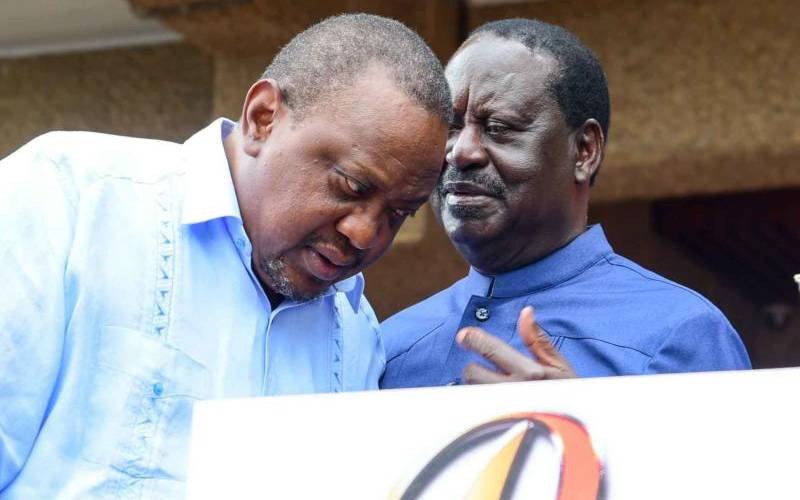
Long before anyone could dream of Raila Odinga’s Azimio la Umoja–One Kenya Coalition, his father Jaramogi Oginga Odinga was already talking of another Azimio, in the mid-1960s. Irreconcilable ideological differences between the elder Odinga and President Jomo Kenyatta gave birth to the left leaning Kenya People’s Union (KPU), with Azimio la Wananchi as its rallying call.
The citizens, Odinga asserted, were unhappy with the direction the country was taking. The Kenyatta government had stepped into the shoes of the colonial masters and the country was not yet independent. It needed to be liberated a second time, now from the liberators. Hence the clarion call for a second liberation as the people’s call – Azimio la Wananchi. Fifty-seven years on, his son, Raila, is rallying a slew of the population around what he calls the third liberation. The agenda is economic liberation, he says, going right back to the same theme and concerns that engaged his father and KPU in the 1960s.